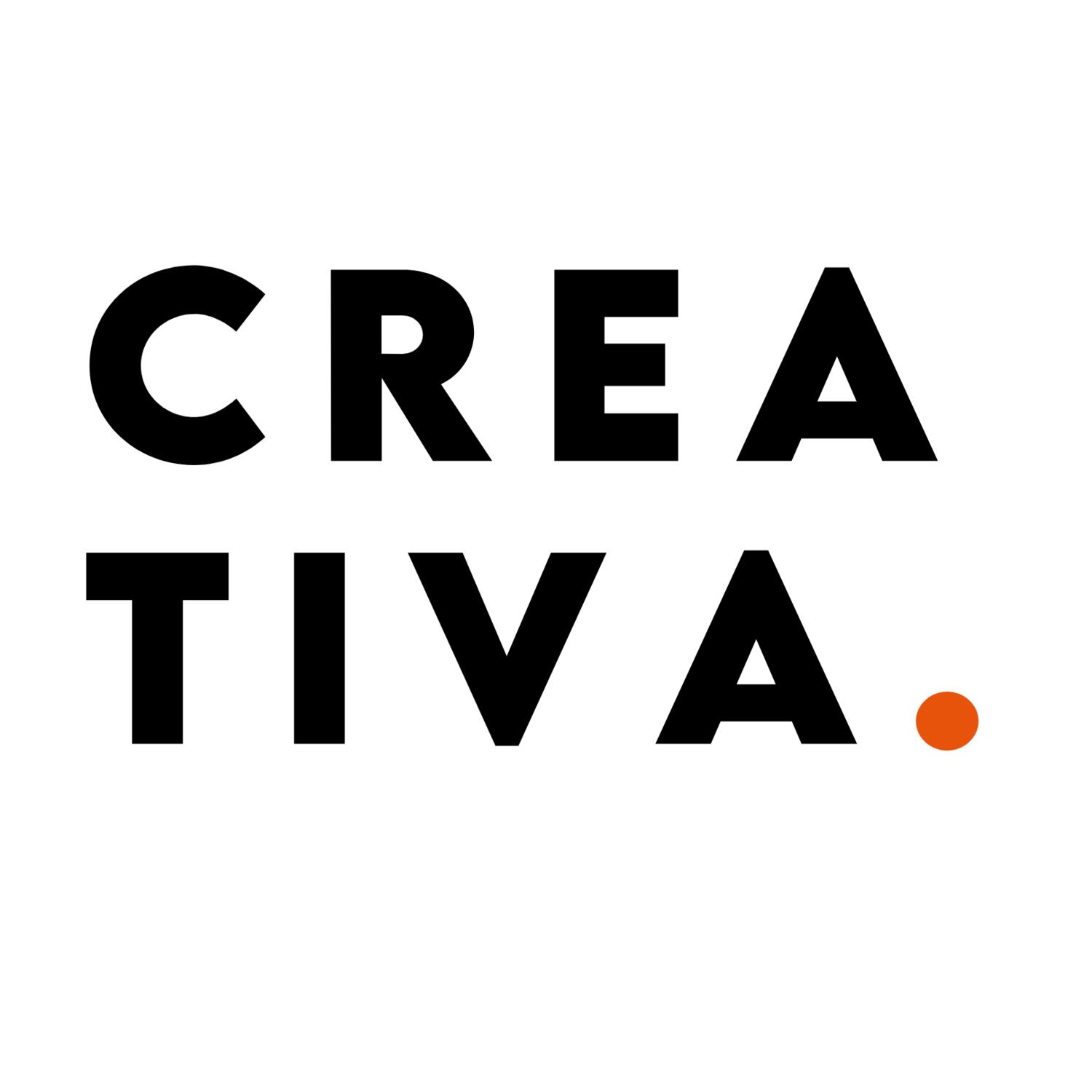United Nations Verified | Rapid Response
Background
As partners with the social impact agency Purpose, we worked on a campaign for United Nations Verified to provide the slum population of Delhi with credible and relevant Covid appropriate behaviour knowledge. The goal was also to remove access barriers to vaccine information, in order to increase intent to get vaccinated. Ultimately safeguarding this population and reducing further health risks for them. The campaign also extended to other states such as UP and Bihar.

The video case study details the work done for the campaign.
Challenge
More than lack of information, it was an abundance of misinformation around COVID appropriate behaviour, and vaccine hesitation that plagued the slum population of Delhi and beyond.
Audiences
Decision Makers: The 25+ YO men in the family are generally the decision makers for the entire household. They are generally the earning members of the house and thus considered responsible for the wellbeing of the entire family.
Women (Gateway to men): A lot of women in these communities who are eligible for vaccines i.e are above 18 years of age are likely to be married as the median age of marriage is 20 in India. With growing misinformation, there is more ambiguity and confusion about how the virus and vaccine affect the reproductive health of this group.
Employers: People from these communities are mostly educated, middle class and upper middle class people who are surrounded with people from our primary target group in the form of maids, drivers, guards, vegetable vendors, delivery personnel etc.






Insight
People in the slums were most influenced by each other, they believed the information and misinformation that was shared within the community.
Opportunity
This led to the rise of Verified Saathi, a group of NGO workers and community leaders who spearheaded the fight against misinformation by sharing relevant information on accessible platforms like WhatsApp, social media, posters, stickers, etc.
Visual language
Aligned with the UN Verified global visual language, we designed a local visual language for the campaign for India.
Posters
Communications
While the communication was designed for the larger audiences, we also focused on groups that were at high risk, such as the elderly and pregnant women. Our key messaging was around not just busting myths but reinforcing COVID appropriate behaviour and vaccine adoption. We also created crowdsourced content by going upto real people and asking them why they got vaccinated and wore masks. This was done to encourage other people around them to adopt COVID appropriate behaviour. Since gatherings during festivals were super-spreaders, we created topical content around festivals to communicate the importance of isolation and masking up.
In UP, we also had religious leaders commuting by the UN Verified branded rickshaws distributing masks to people.
Using the power of audio to drive home the point 🎧
Encouraging the use of mask during the festive season in UP
Brand identity extension
We worked on creating the visual language and identity for all community leaders and NGO workers helping in the campaign to curb the spread of misinformation.
Here’s the logo we created for Verified Saathis.
Social media communication
Compiled this case study for Youth Day where we celebrated the Power of Young Indians in the fight against COVID-19.
Impact
The content reached 10,000 Rickshaw drivers and street vendors and 25,000 households in informal settlements in Delhi, and created 150 Verified Saathi community leaders in Delhi.
We saw a change in mindsets and behaviours. People who were earlier shooing away the volunteers who were asking them to get vaccinated, started calling the same volunteers to help them book their vaccination slots.






